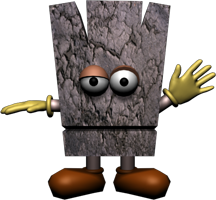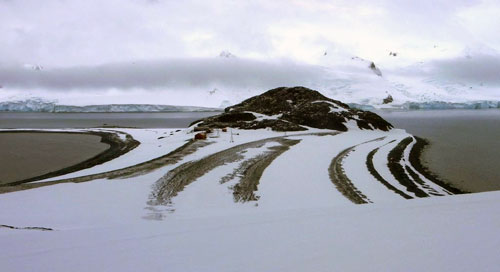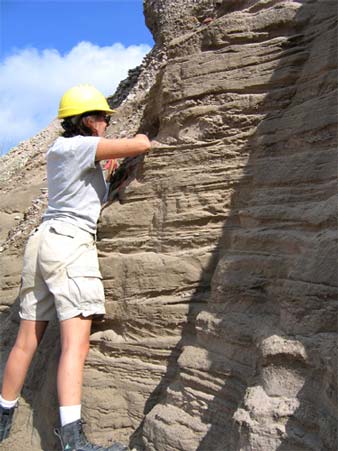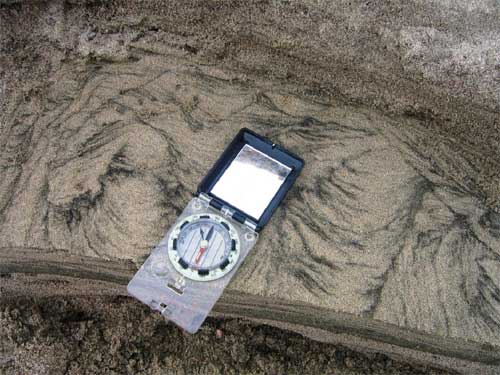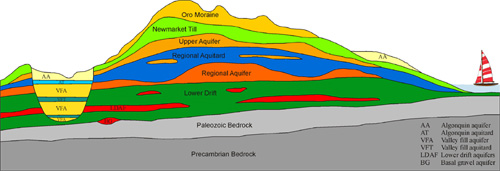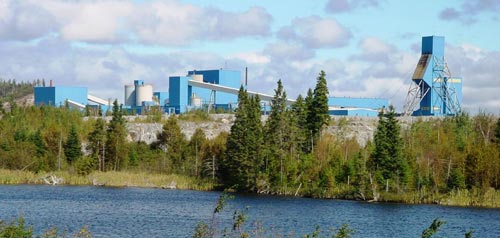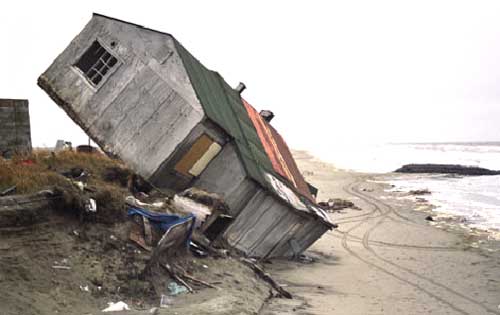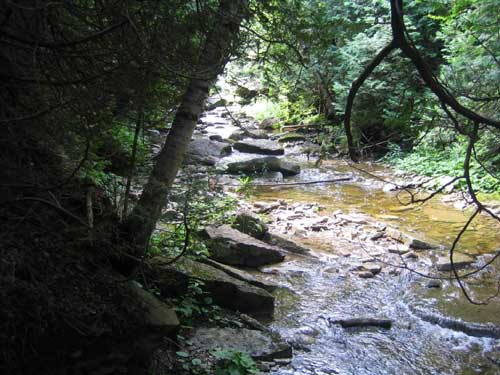Why geologists study earth processes
Geologists are 'earth detectives'. Just like other detectives, we need clues that can help us explain what happened in the past. Studying what happens at the coast, in rivers or in the desert can help us figure out how landscapes change and sedimentary rocks form.
Glacial ice is very heavy and causes the earth's crust to be pushed down. When the ice melts, the crust slowly rises up again. A series of raised beaches (the long curved lines) show how much the crust has risen. In other parts of the world, sea level is getting higher as the glaciers melt.
Geologists use these clues to figure out what is buried under the ground surface. This information can be used in many different ways.
Geologists can look at how stones are lined up or the shape of ripples and tell which way the ancient river that deposited them was flowing.
Geology can help us to find and protect groundwater aquifers  .
.
« Back 





